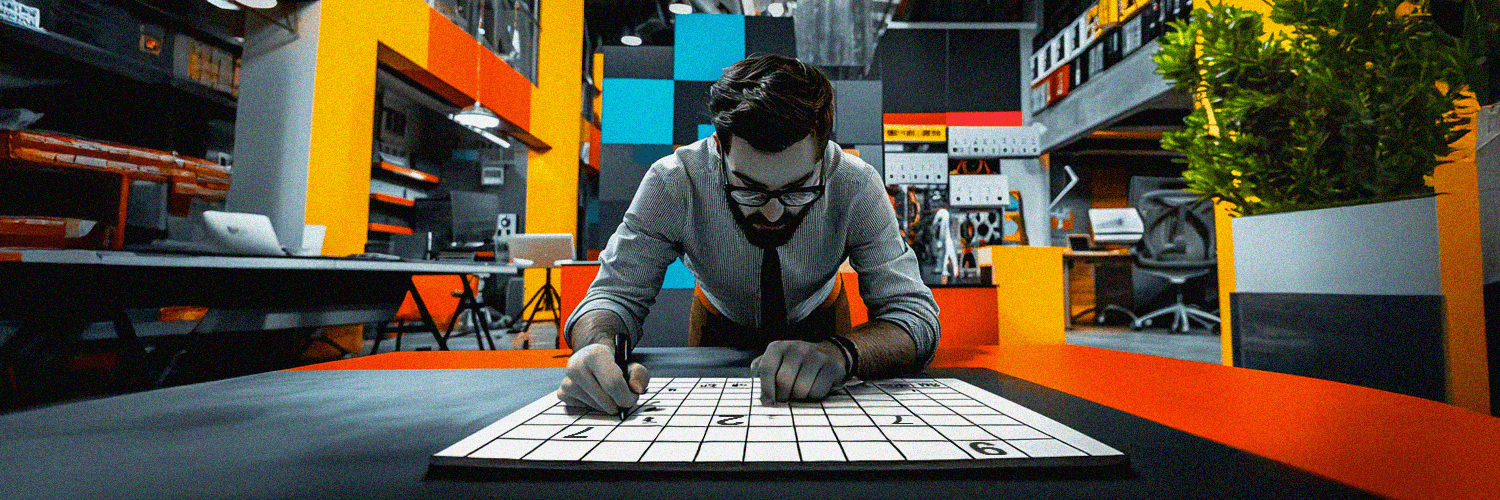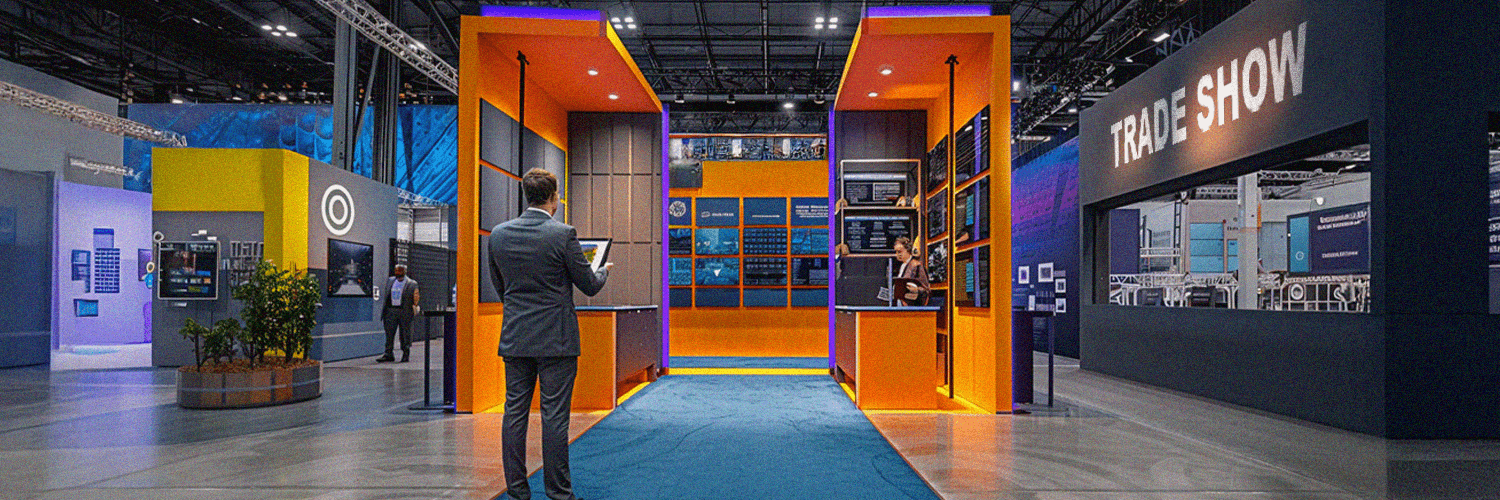Predictability in the workplace refers to the degree of consistency and reliability of the patterns, processes and expectations surrounding work. It's about knowing what to expect, when to expect it and how to meet those expectations.
Just think of a workplace where project deadlines are clear, shift schedules are fixed and meeting rooms are always available when needed. Such an environment creates a sense of stability and control that can significantly increase both employee satisfaction and company efficiency.
But what exactly does predictability bring to the workplace and how can companies achieve it without sacrificing something equally important – flexibility? To answer this question, we need to take a closer look at the power of predictability and see how organizations can learn to cultivate it.
TL;DR:
- Predictability increases employee satisfaction and productivity by reducing stress, improving work-life balance, and promoting a sense of control. For organizations, it leads to better resource management, efficiency and team collaboration.
- Balancing predictability with flexibility is key. Predictability creates stability, but flexibility enables adaptability. Companies should implement clear processes that also leave room for creative problem solving and adjustments when needed.
- Data and technology are critical to promoting both predictability and flexibility. Tools such as project management software and space utilization analytics improve transparency, optimize resource utilization and effectively facilitate hybrid work environments.
The Benefits of Predictability in the Workplace
Predictability in the workplace offers numerous benefits that can improve both employee experience and organizational performance. By having consistent patterns, clear expectations and reliable processes in place, organizations can create a more stable and productive work environment.
Some of the key benefits of predictability are:
For Employees
When employees can anticipate their schedules, workload and expectations, they experience less stress and anxiety, which leads to a more positive work environment and higher job satisfaction. The result? Less burnout, absenteeism and turnover.
- Reduced stress and burnout: A predictable work environment minimizes the uncertainty that often leads to stress. Employees who know what to expect can plan their work and private lives better and thus reduce the risk of burnout.
- Better work-life balance: Fixed shift schedules and clear project deadlines allow employees to better organize their time. They can devote themselves to personal activities without having to worry about sudden work demands interfering with their plans.
- Higher job satisfaction: Predictable workflows give employees the feeling that they have better control over their work, which leads to higher job satisfaction. Knowing that their efforts will lead to the expected results boosts morale and motivation.
- Enhanced productivity: When employees know what tasks they have to work on and when they have to deliver the work, they can concentrate on their work without being distracted by uncertainty. This leads to higher productivity and better quality of work.
For Organizations
Not surprisingly, predictability is equally valuable to organizations as a whole. An easily predictable work environment allows for more effective planning, resource allocation and overall operational efficiency. In addition, less time, energy and resources are spent on guesswork.
- Better resource management: Predictable processes allow companies to use their resources more effectively. Whether it's scheduling employees, booking meeting rooms or managing project timelines, predictability ensures that resources are used optimally.
- Greater efficiency: When teams know what to expect, they can work more efficiently. Predictable workflows reduce the time spent clarifying expectations or adapting to sudden changes, ensuring a smoother process.
- Stronger team collaboration: Predictability promotes better communication and collaboration within the team. When everyone is on the same page, it's easier to coordinate work and achieve common goals.
- Higher employee retention: Employees who feel secure and satisfied in their job are less likely to leave. By creating a predictable work environment, companies can reduce turnover and retain top talent.

Challenges to Achieving Predictability in the Workplace
While the benefits of predictability are obvious, achieving it can be a challenge. Several factors can hinder efforts to create a stable and consistent work environment:
- A rapidly changing business environment: In industries where market conditions or customer demands change frequently, it can be difficult to maintain predictability. Companies must strike a balance between responding to external changes and maintaining internal stability.
- Different working styles and expectations: With the increasing diversity of workplaces, where employees work remotely, in mixed work arrangements or in different time zones, it is becoming increasingly difficult to establish consistent patterns that work for everyone.
- Technological disruptions: The rapid pace of technological change can make it difficult to maintain predictable processes. New tools and platforms can disrupt established workflows and require constant adjustments.
- Leadership inconsistency: Inconsistent leadership can undermine predictability. When leaders frequently change their priorities or fail to communicate clearly, it leads to uncertainty and confusion among employees.
- Resistance to change: Ironically, perhaps, sometimes employees and teams resist efforts to increase predictability when they are used to more flexible or ad hoc approaches. Overcoming this resistance requires careful change management and communication.
5 Ways to Make Your Workplace More Predictable
Achieving predictability in the workplace requires deliberate strategies that help create a stable, consistent environment. Let’s take a look at five actions you can take to make your workplace more predictable, from setting clear leadership priorities to improving workplace visibility and feedback processes:
Set Clear Leadership Priorities
Effective leadership is critical to creating a predictable workplace. Leaders need to set clear priorities and communicate them consistently throughout the organization. This ensures that everyone understands what is expected and can align their efforts accordingly.
Leaders should set clear goals for the company and ensure that they are communicated effectively to all employees. When everyone knows where the company is headed, it is easier to create predictable processes that support these goals.
Make sure that you always strive for consistency in your decisions. This builds trust and reduces uncertainty for employees, who can then rely on predictable patterns of behavior from their managers.
Empower Your Teams with Ownership
Giving employees responsibility for their tasks and processes is a key component of creating a predictable work environment. When employees are in control of their work, they are more likely to establish and maintain consistent patterns.
Encourage your managers to delegate authority to their teams so that employees can take ownership of their tasks to promote employee accountability and make workflows more predictable.
At the same time, you should ensure that you encourage ownership. Ownership goes hand in hand with accountability. When employees are held accountable for their work, they are more likely to establish reliable processes and consistently meet deadlines.
Increase Workplace Visibility
Visibility is crucial to maintain predictability in the workplace. Employees need to have a clear overview of what is happening within the organization, including timelines for projects, resource availability and team activities.
Promote a culture of transparency where information is shared openly and regularly. This includes sharing updates on projects, strategy changes or priority shifts. The more employees know, the easier it is for them to adapt to changes and plan for them.
Use technology to increase transparency and improve visibility. Project management tools, communication platforms and planning software can inform employees in real time about project status, team availability and resource allocation.
In addition to digital transparency, physical visibility in the office is just as important. Finding your way around the office and knowing where your colleagues are at any given time makes collaboration easier.
Using tools such as office management systems and desk booking software, employees can find out where their colleagues are working, making it easier to arrange meetings, brainstorming sessions or quick check-ins.
This kind of transparency promotes smoother teamwork, minimizes downtime and improves communication by ensuring that everyone is available when they are needed.
Deliver Quality Feedback Faster
Timely and constructive feedback is important to maintain predictability in the workplace. When employees receive timely feedback, they can make necessary adjustments and keep their tasks on track.
Regular check-in meetings between managers and employees help to discuss progress and provide regular and structured feedback. These meetings help keep everyone on the same page and ensure that any issues are addressed before they become major problems.
Promote a culture where feedback is seen as a positive and important part of the work process. This helps employees to see feedback not as criticism but as a means of improvement.
Ensure Effective Measurement Systems for Workplace Processes
Measurement systems play a crucial role in maintaining predictability. By tracking performance and progress, organizations can identify areas for improvement and make the necessary adjustments to ensure consistency.
Firstly, it is important to establish clear key performance indicators (KPIs) for different processes and ensure that they are regularly reviewed. This allows companies to track progress and make data-driven decisions to improve predictability.
Another aspect to consider is the use of data and analytics as a basis for decision-making to identify trends and patterns in workflows. This information can be used to make informed decisions and changes that improve predictability.

How Data and Analytics Can Transform Your Workplace into a Predictable Environment
Data and analytics have the potential to revolutionize the way organizations achieve predictability in the workplace. By leveraging data-driven insights, companies can better understand their processes, identify inefficiencies and make informed decisions to create a more predictable environment.
- Predictive analytics: Predictive analytics can help organizations anticipate trends and make proactive decisions. For example, by analyzing historical data, companies can predict peaks in demand and allocate resources accordingly ensuring that operations run smoothly.
- Workforce analytics: Analyzing the workforce can provide valuable insights into employee performance, engagement and productivity. By understanding these factors, companies can make changes that promote consistency and predictability in employee behavior and performance.
- Operational metrics: Tracking operational metrics such as project timelines, resource utilization and workflow efficiency allows organizations to identify bottlenecks and make data-driven adjustments to improve predictability.
- Space utilization analytics: Monitoring office space usage through space utilization analytics can optimize employee interaction with their workplace. The data can be used to identify trends in workspace occupancy so that companies can allocate space more effectively, optimize seating arrangements, and ensure that spaces are available for collaboration when they are needed.
How to Balance Flexibility with Predictability?
While predictability has obvious benefits, it is important to recognize that the modern workplace also requires a certain degree of flexibility. A rigid approach can stifle creativity and adaptability, especially in fast-paced industries.
Finding the right balance between predictability and flexibility requires a thoughtful approach that allows organizations to remain adaptable in the face of change while reaping the benefits of a structured environment.
Here’s how to get started:
- Foster a culture of agility: Encourage a culture where employees are comfortable with change and can adapt quickly when needed. This doesn't mean giving up predictability, but creating a work environment where flexibility and stability coexist.
- Build flexibility into predictable frameworks: Set up predictable processes that allow for flexibility when needed. For example, while project deadlines should be clear, they should also allow for some flexibility in how tasks are completed so that employees can adapt the way they work independently.
- Allow teams to adapt: Encourage teams to take ownership of their processes and make adjustments as needed. Giving your employees the freedom to adapt their workflows allows organizations to maintain predictability while allowing for flexibility.
As we’ve all seen in recent years, technology in the workplace plays a major role in striking a balance between flexibility and predictability. As hybrid working becomes more prevalent around the world, it's important to know where one’s colleagues are working from.
Tools such as Yarooms Workplace Experience Platform offer features that improve transparency and predictability while allowing for flexible working arrangements. Employees can plan their working days, know in advance where their colleagues will be, and always have access to the spaces they need when they need them.
Final Thoughts: Embracing Predictability for a Resilient Workplace
Predictability in the workplace provides a foundation for stability, efficiency and employee satisfaction. It reduces uncertainty, promotes better planning and creates an environment where employees can focus on their tasks without unnecessary distractions.
By using the right tools and fostering a culture of clarity and adaptability, organizations can create a thriving work environment that encourages innovation while also ensuring predictability. What are your thoughts on this – what do you use to promote predictability in the workplace?













